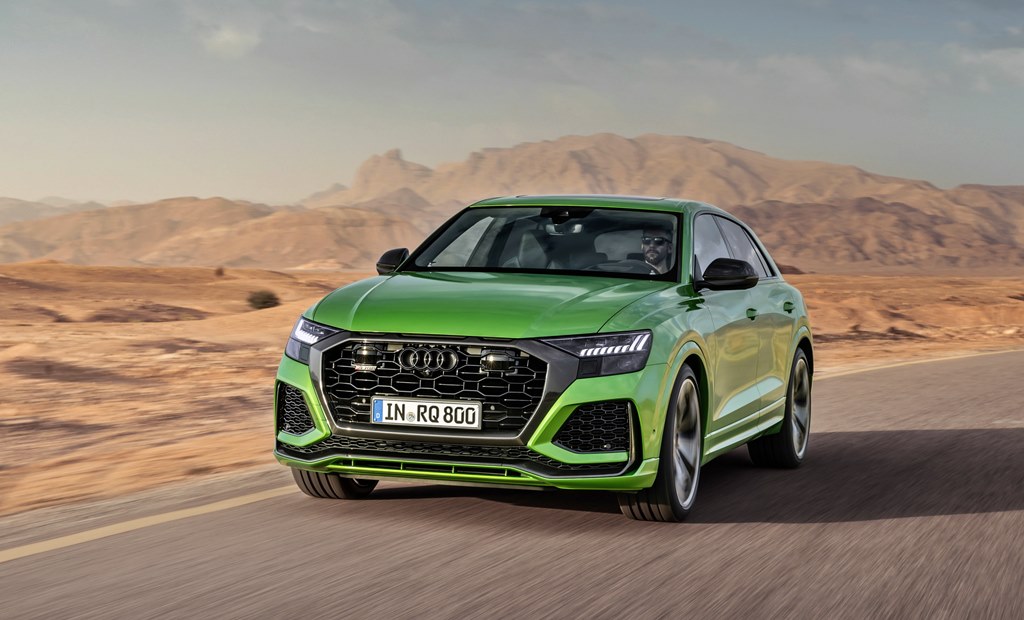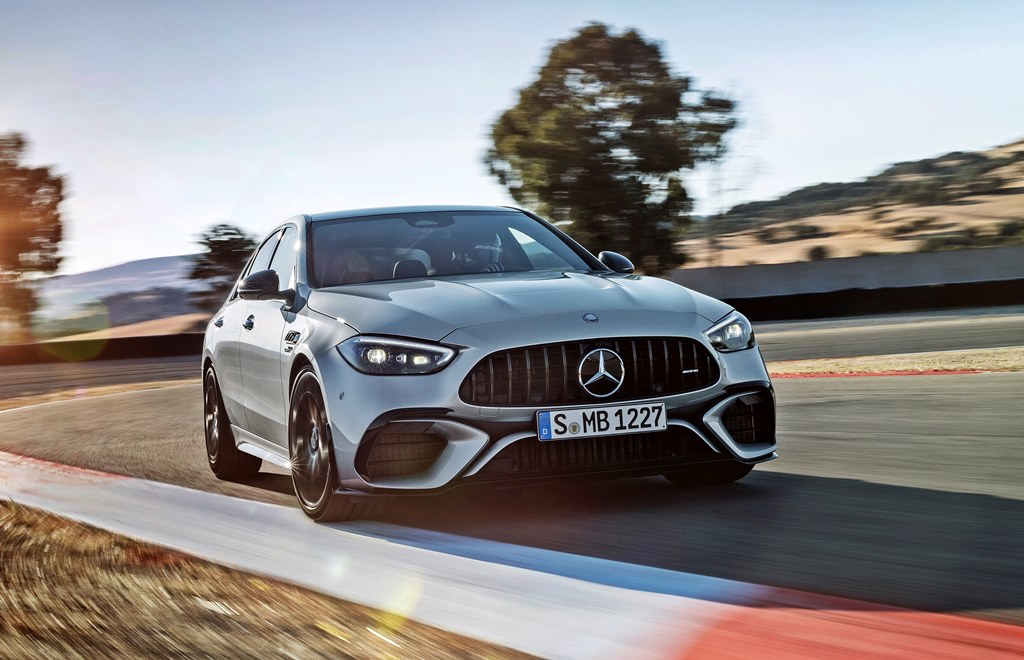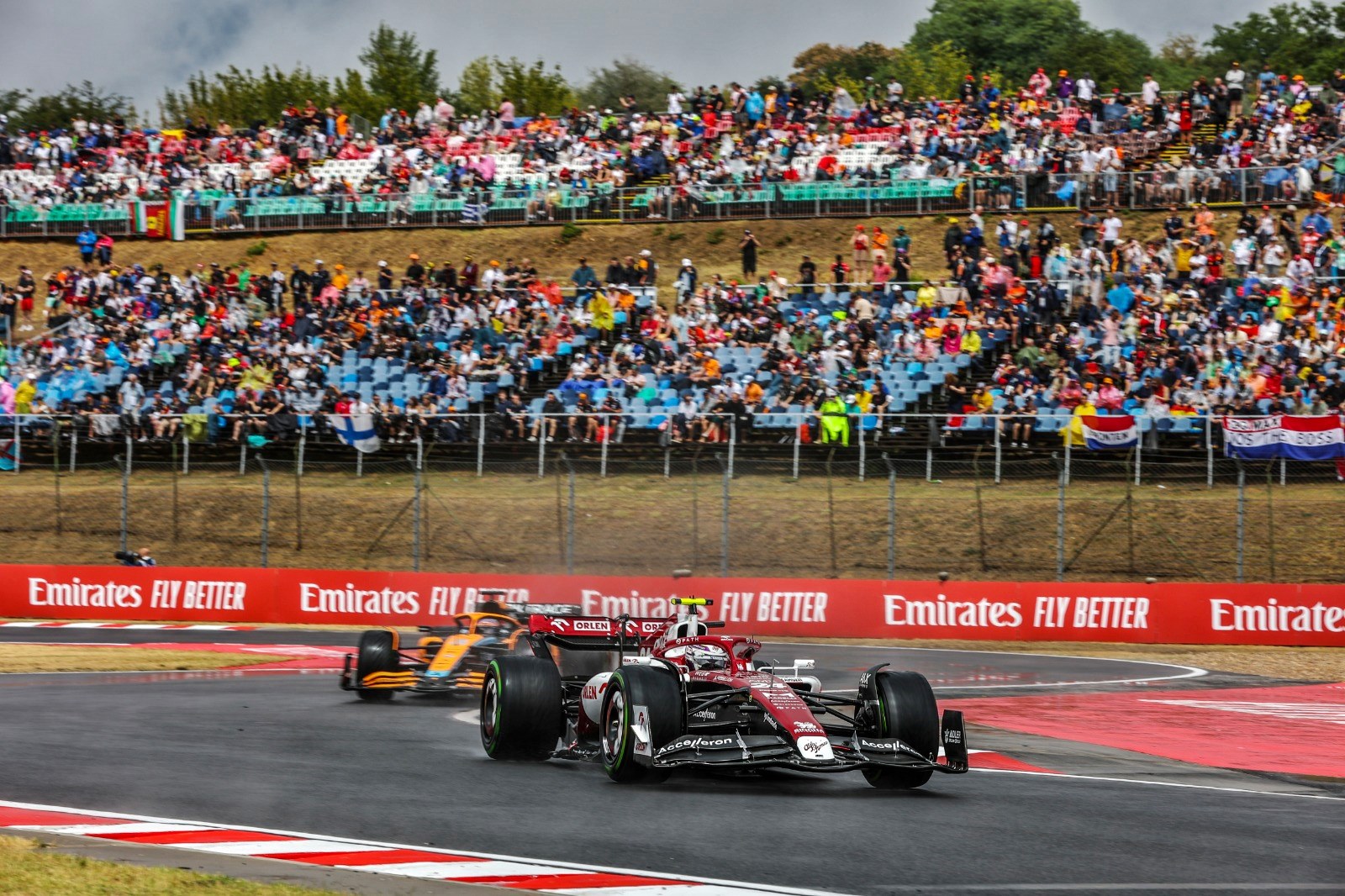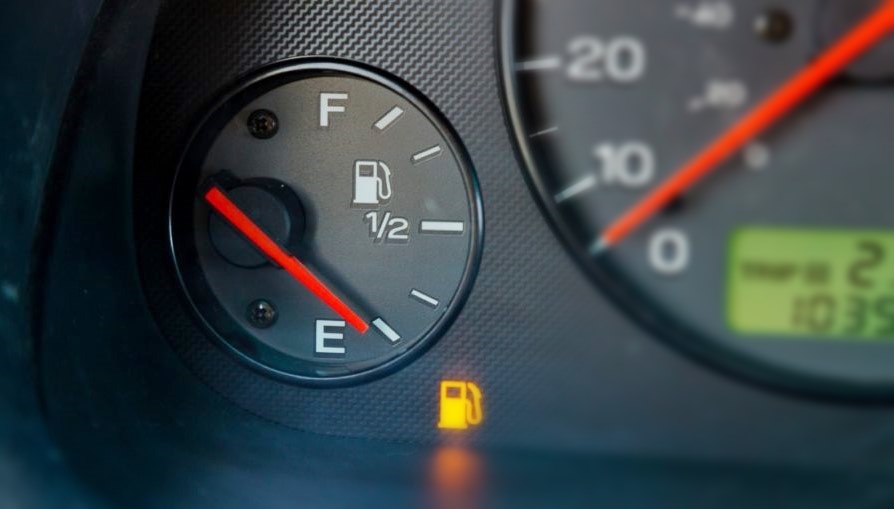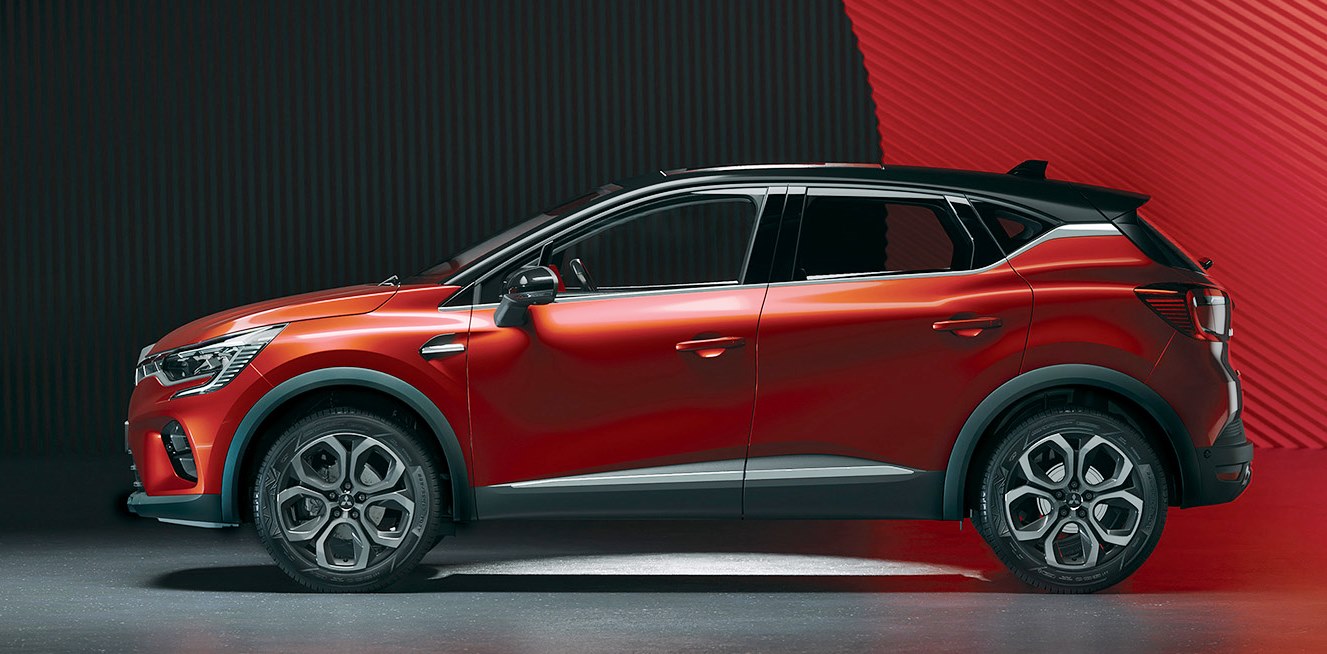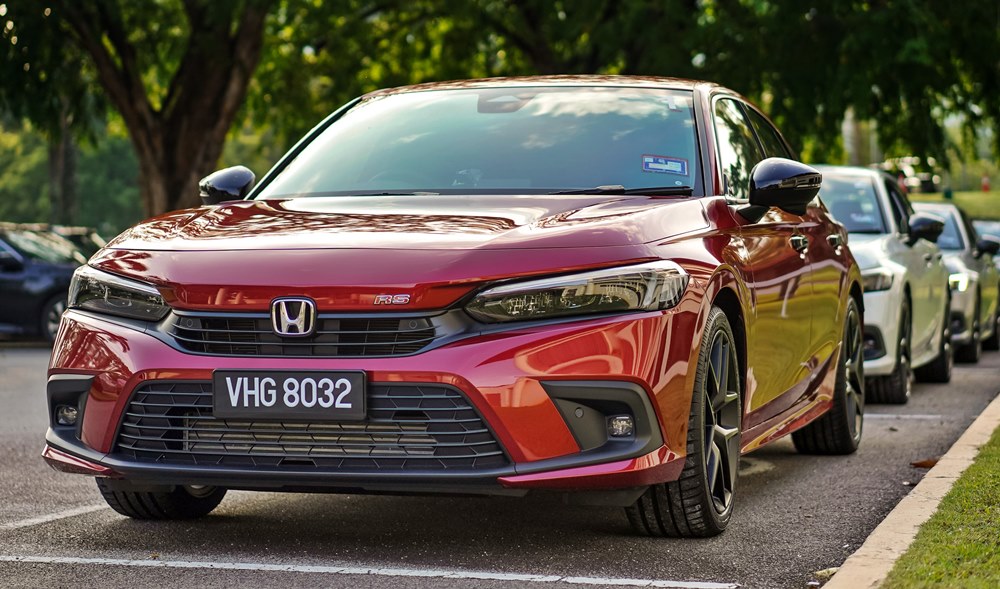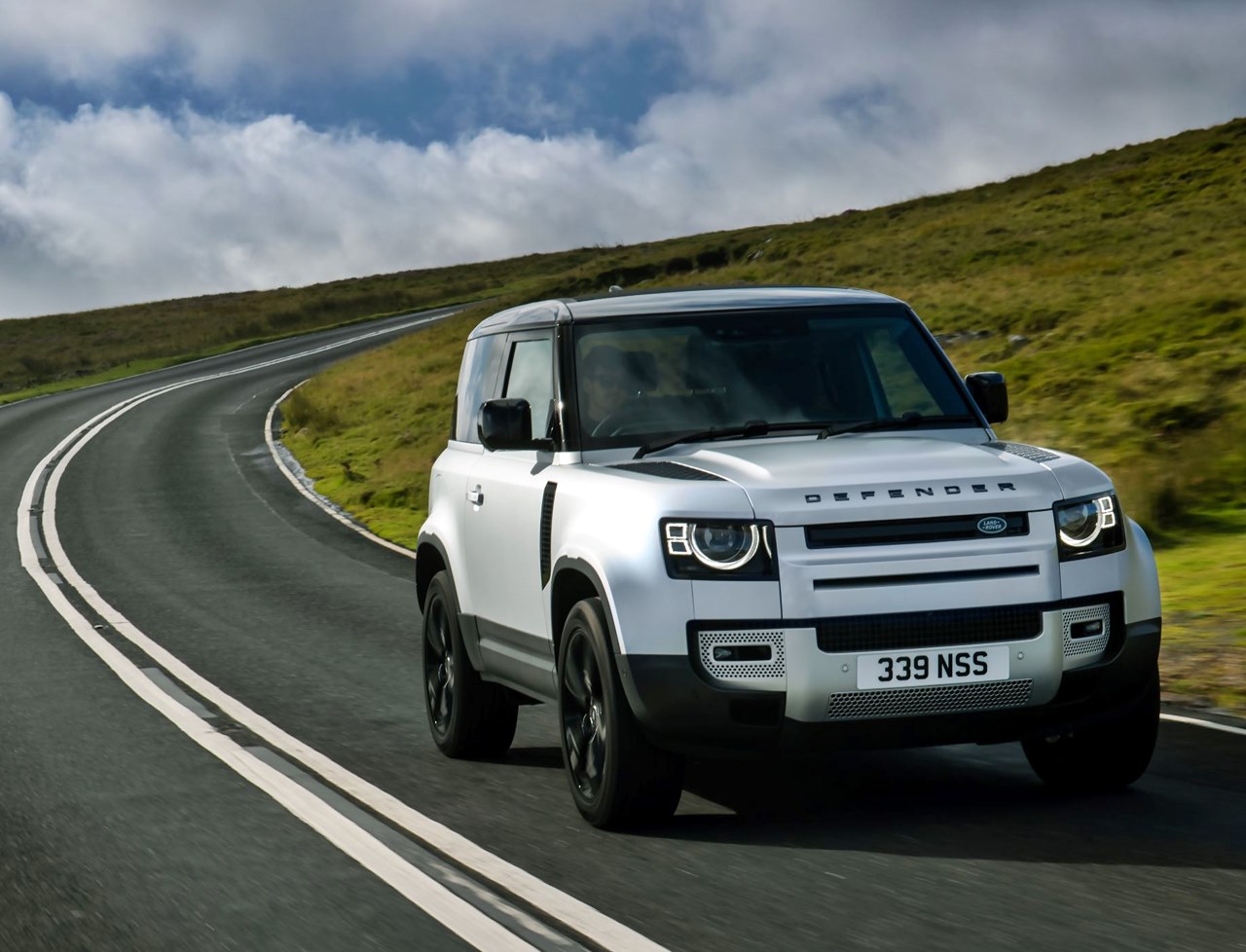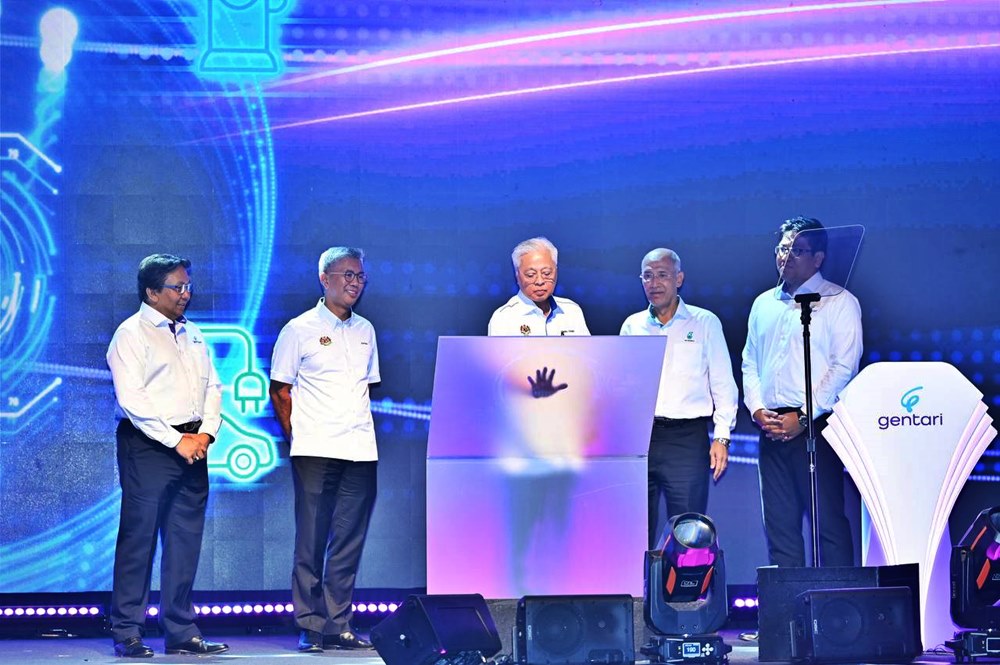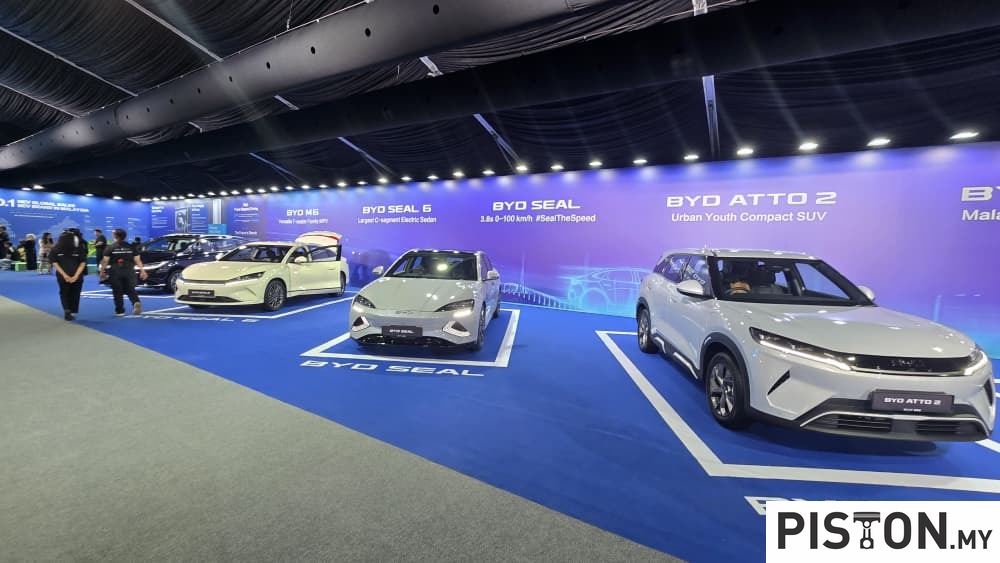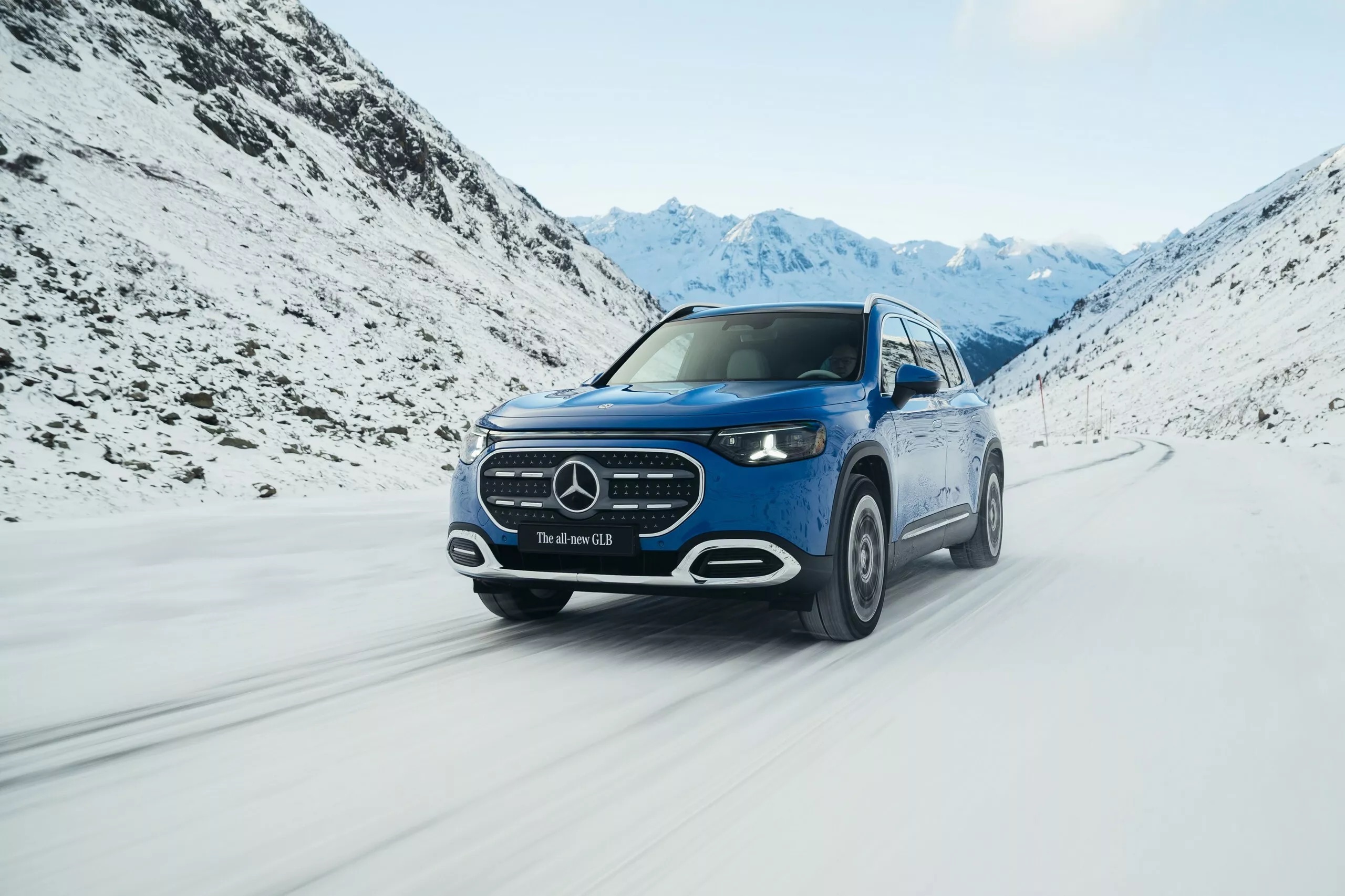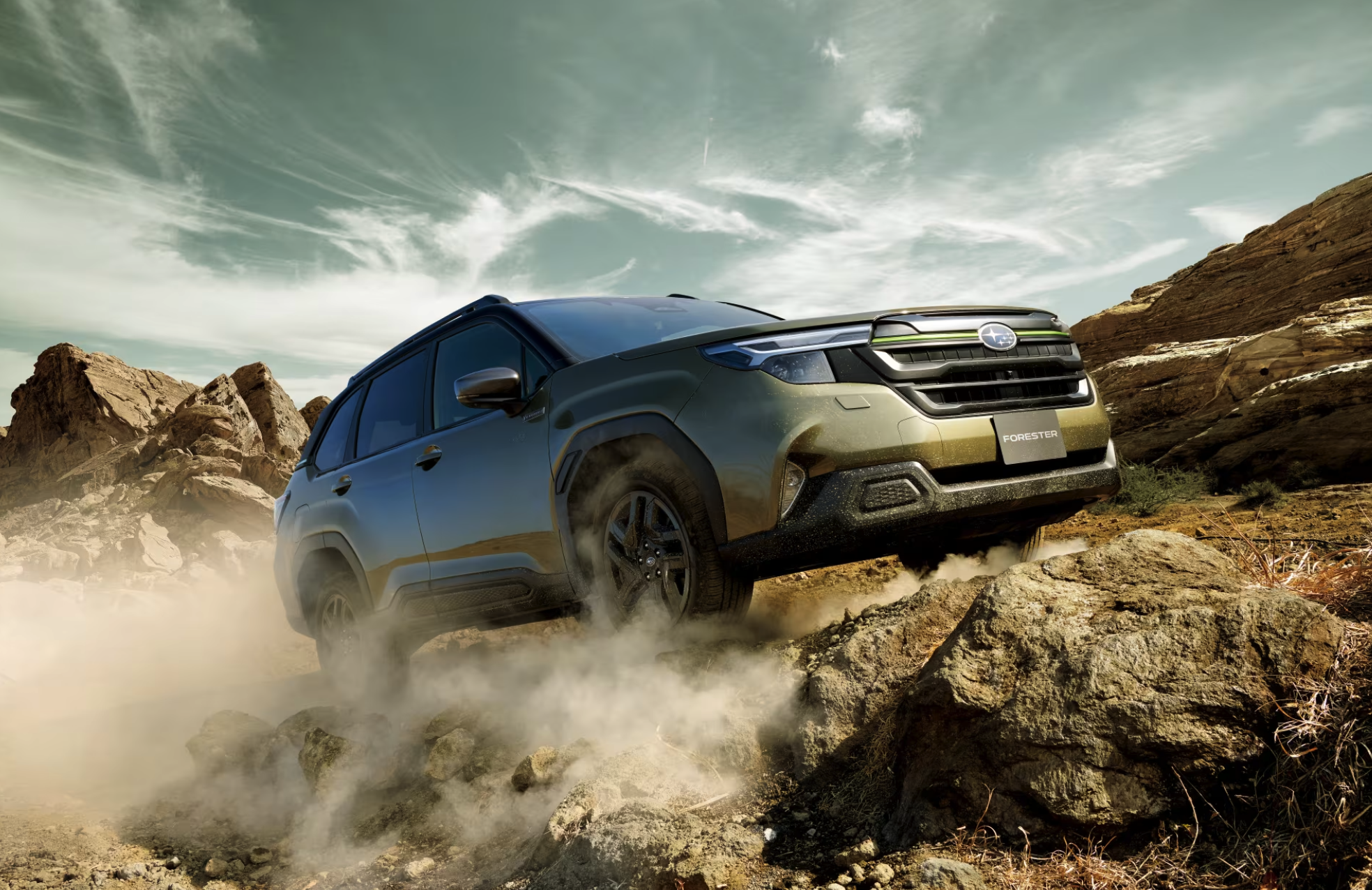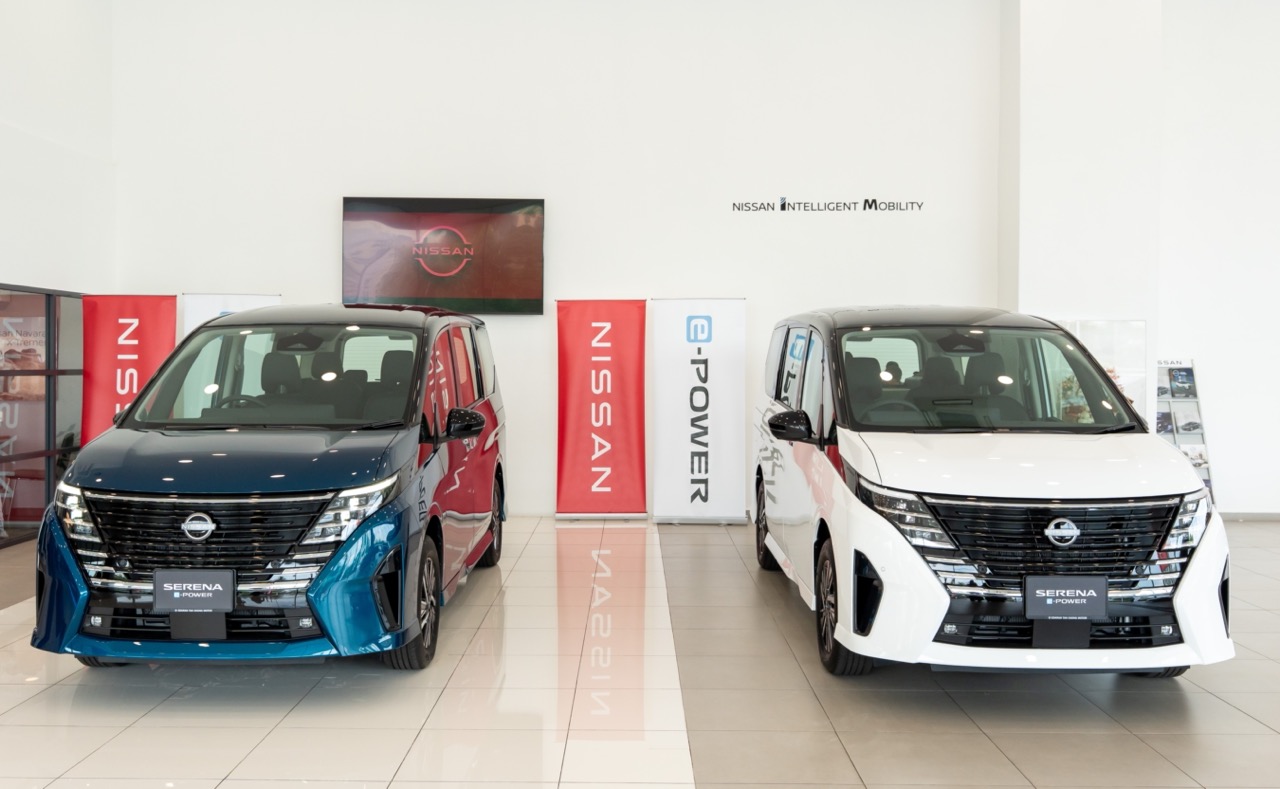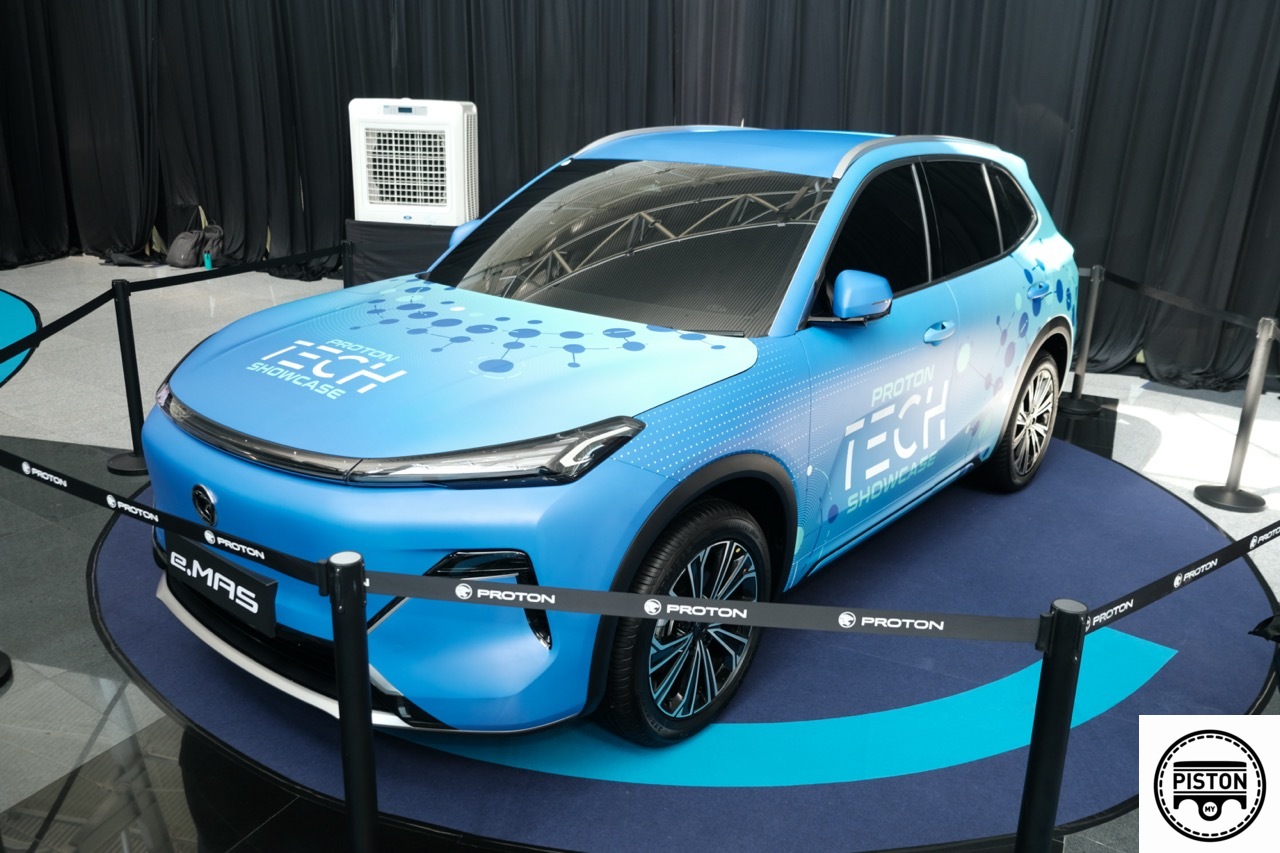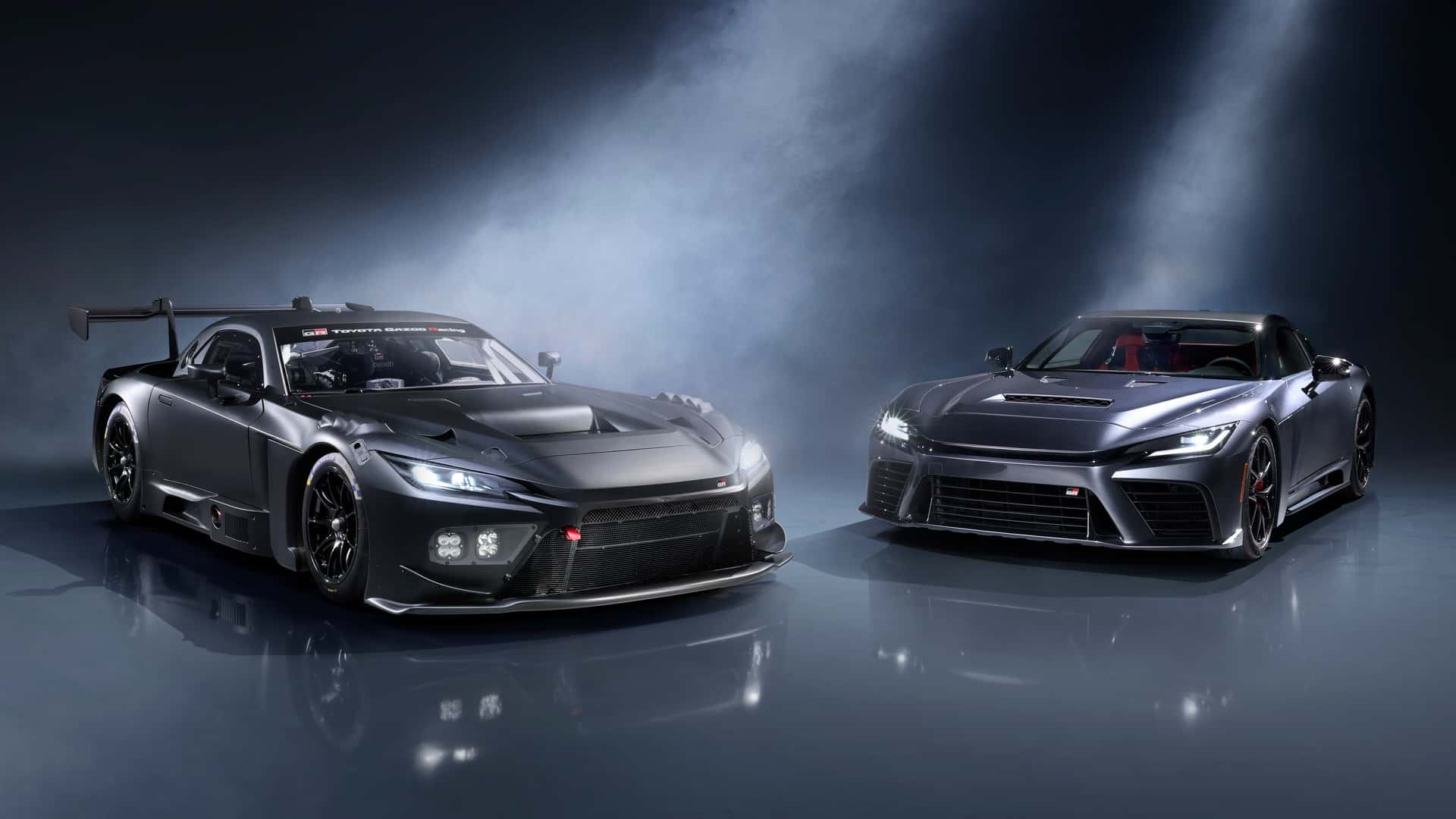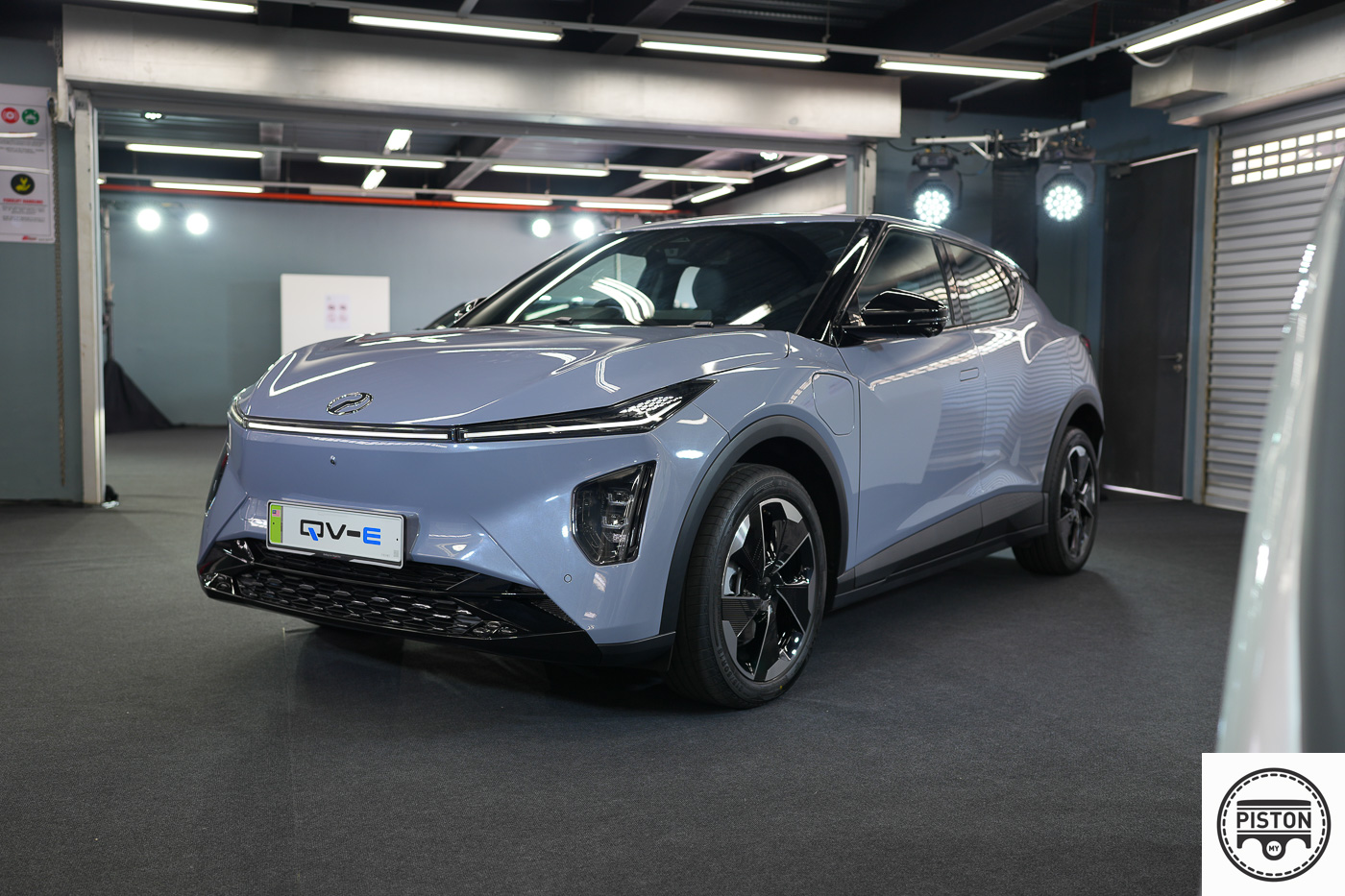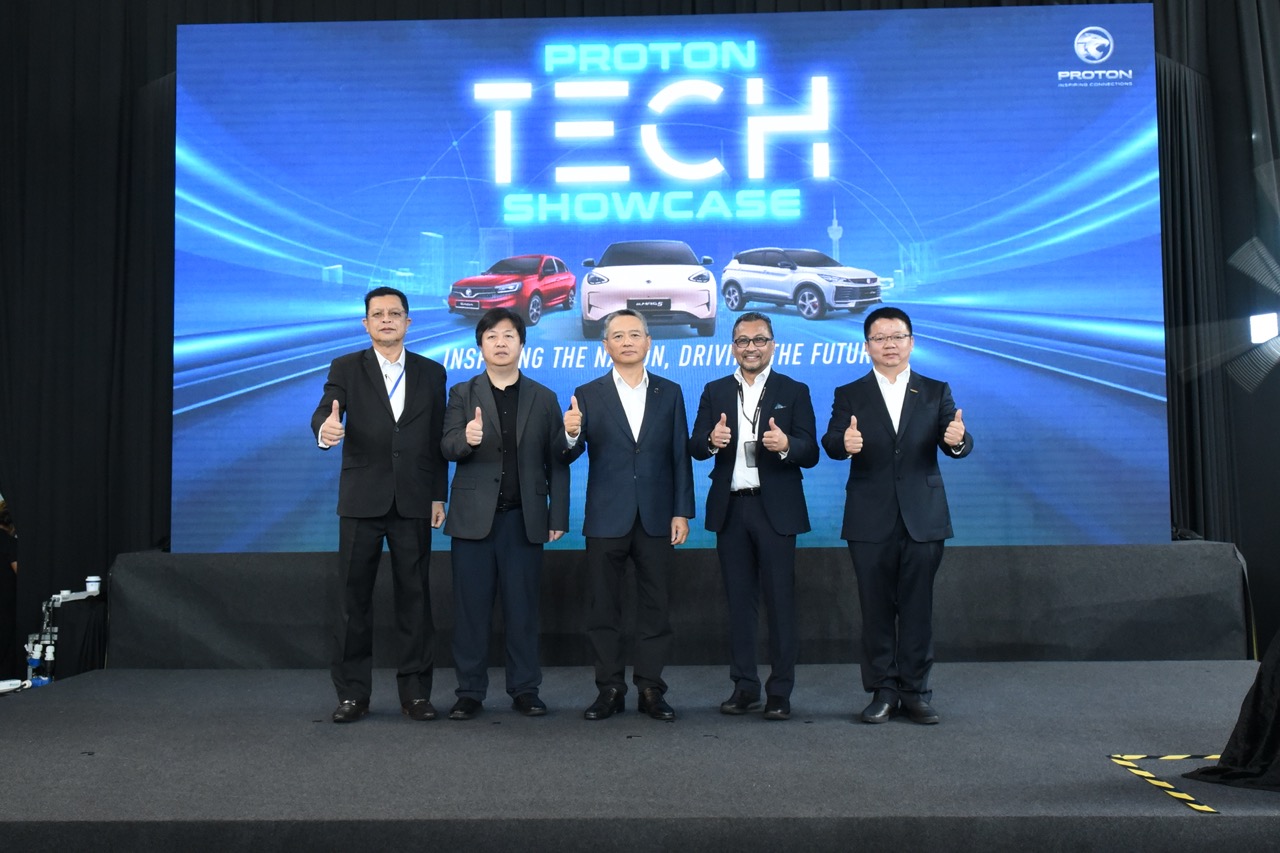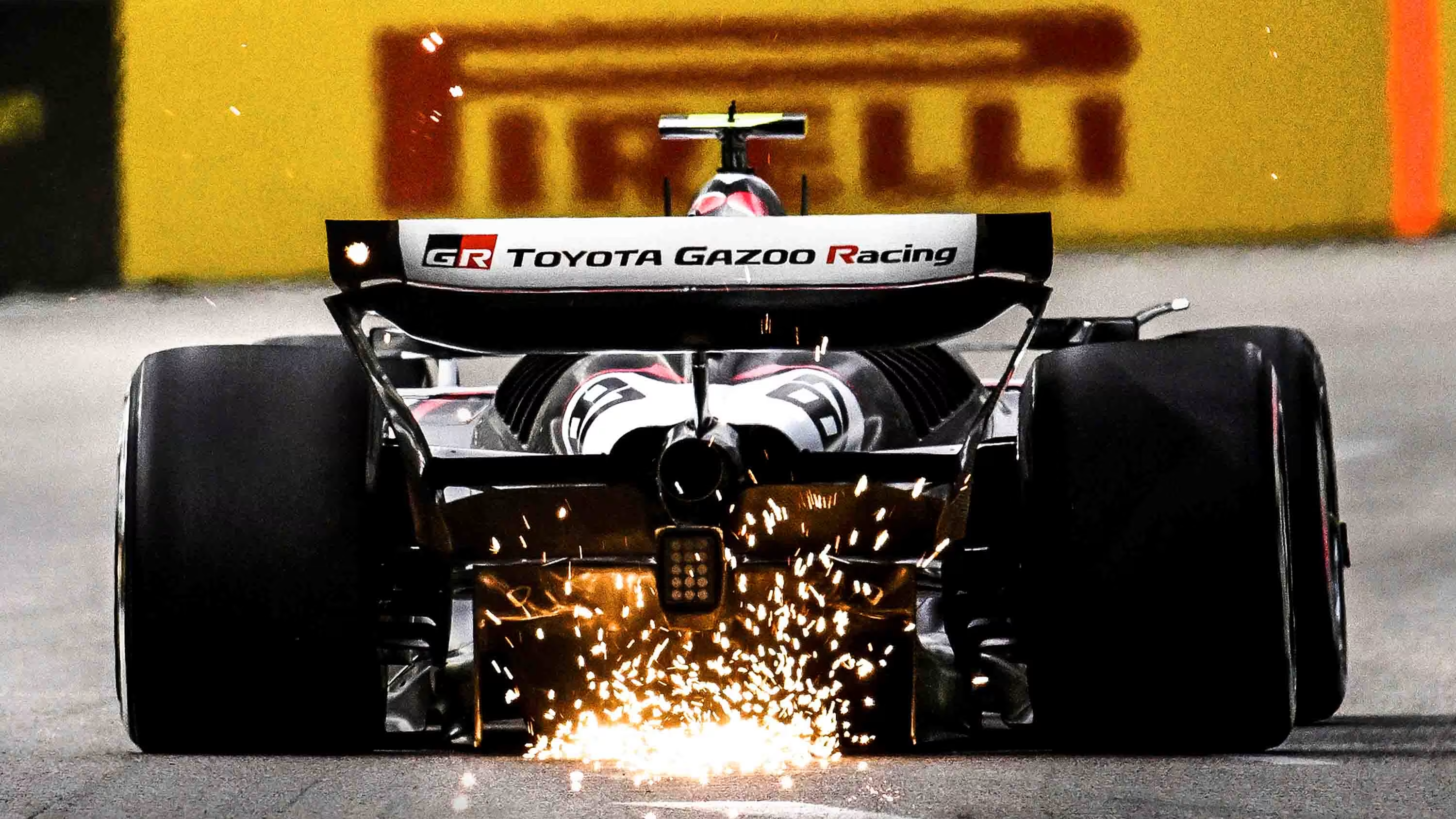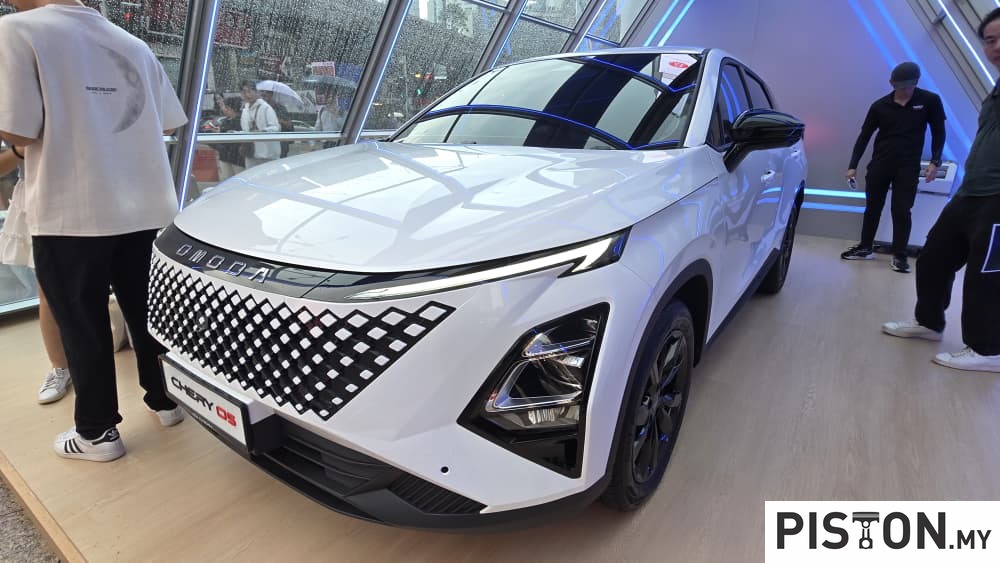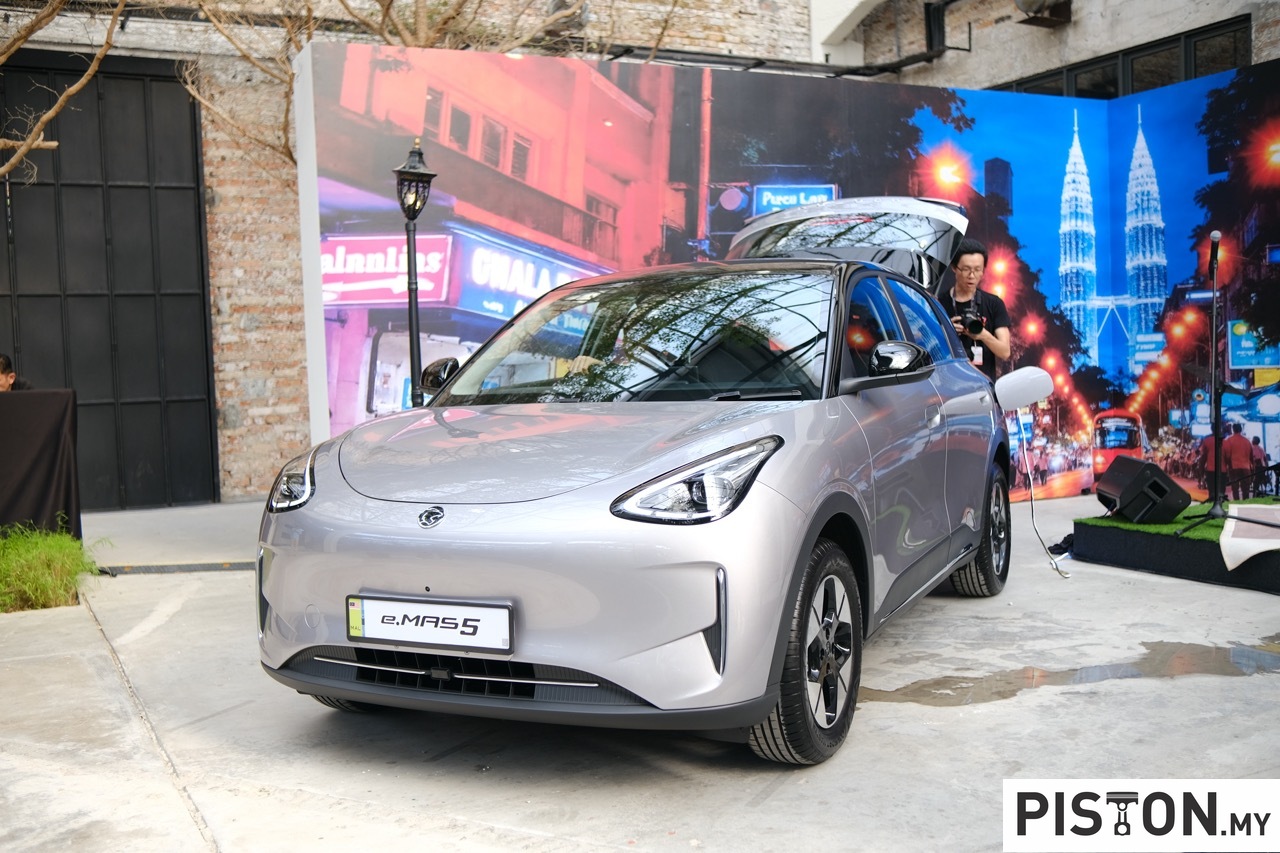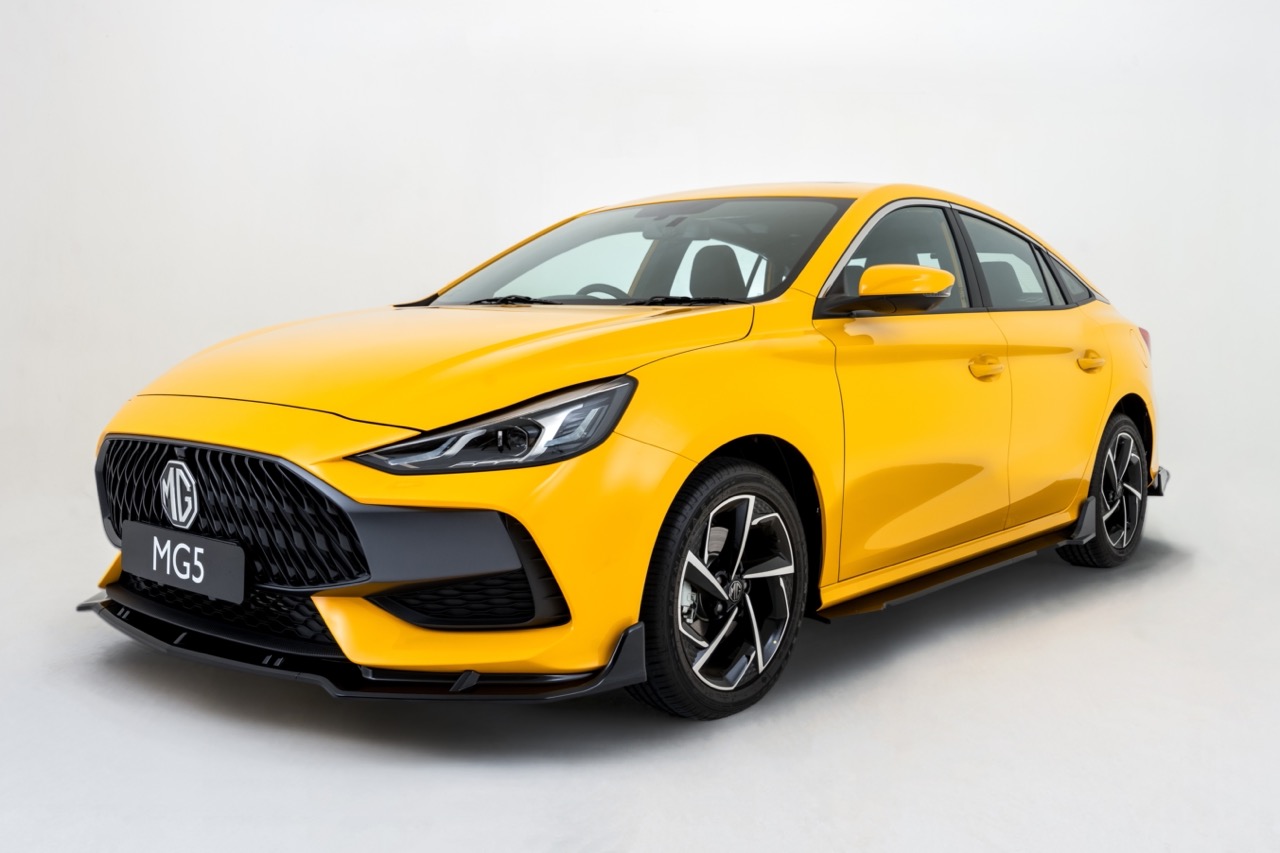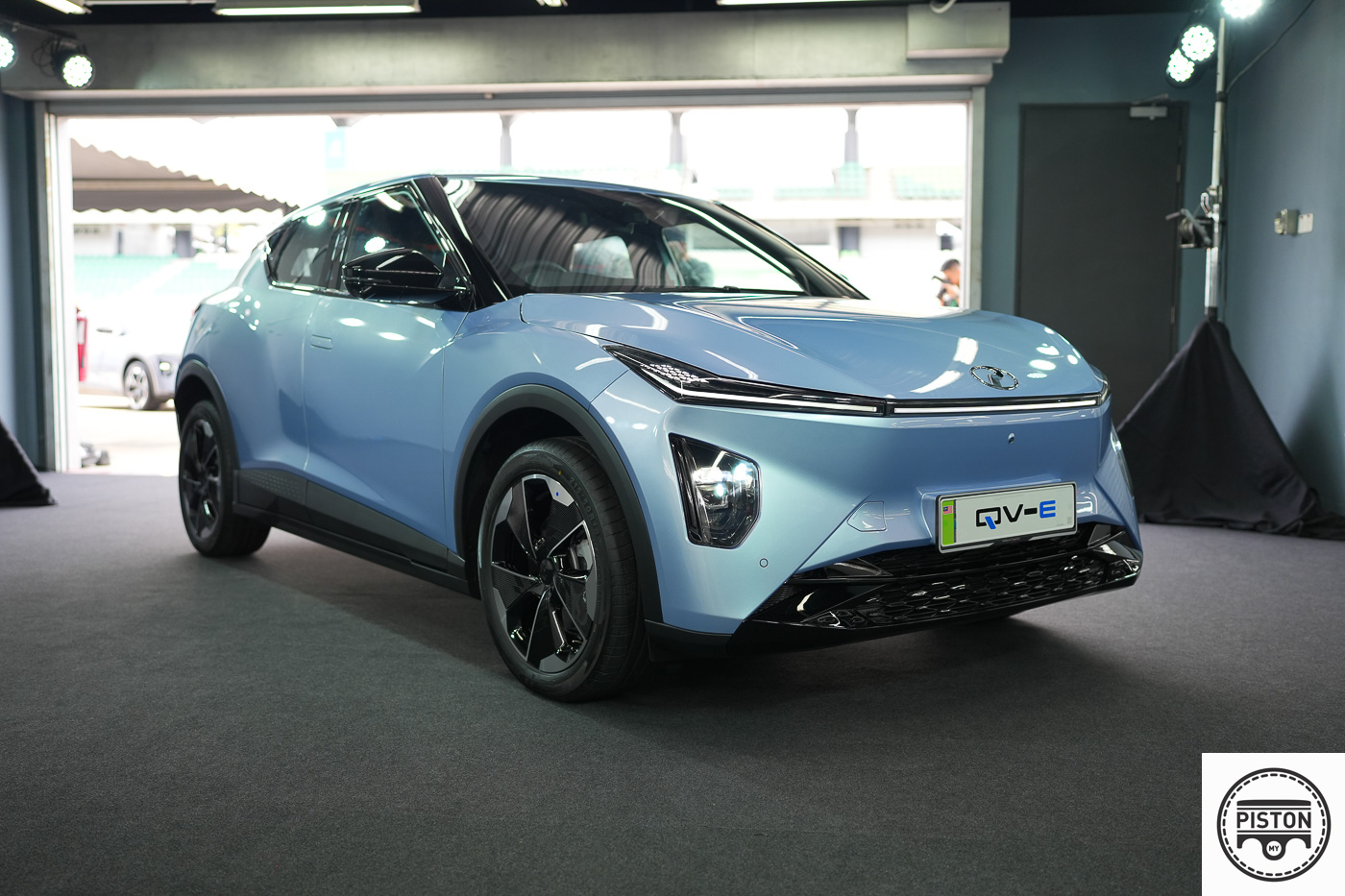PHS Automotive Malaysia (PHSAM)/Audi Malaysia, which took over the Audi distributorship in July this year, has added the Audi RS Q8 to its range of offerings. A fairly recent model in Audi’s SUV range, the Q8 made its global debut in 2018, with the performance-enhanced RS version coming the following year.
The Q8’s coupe SUV design was Audi’s response to the appearance of the new generation of coupe crossovers from BMW (X6) and Mercedes-Benz (GLE-Class) which had been enjoying good sales. It thus introduced new design language for the brand, created by Marc Lichte. The design also has some elements from the original Audi Quattro rallycar of the 1980s.
(more…)
